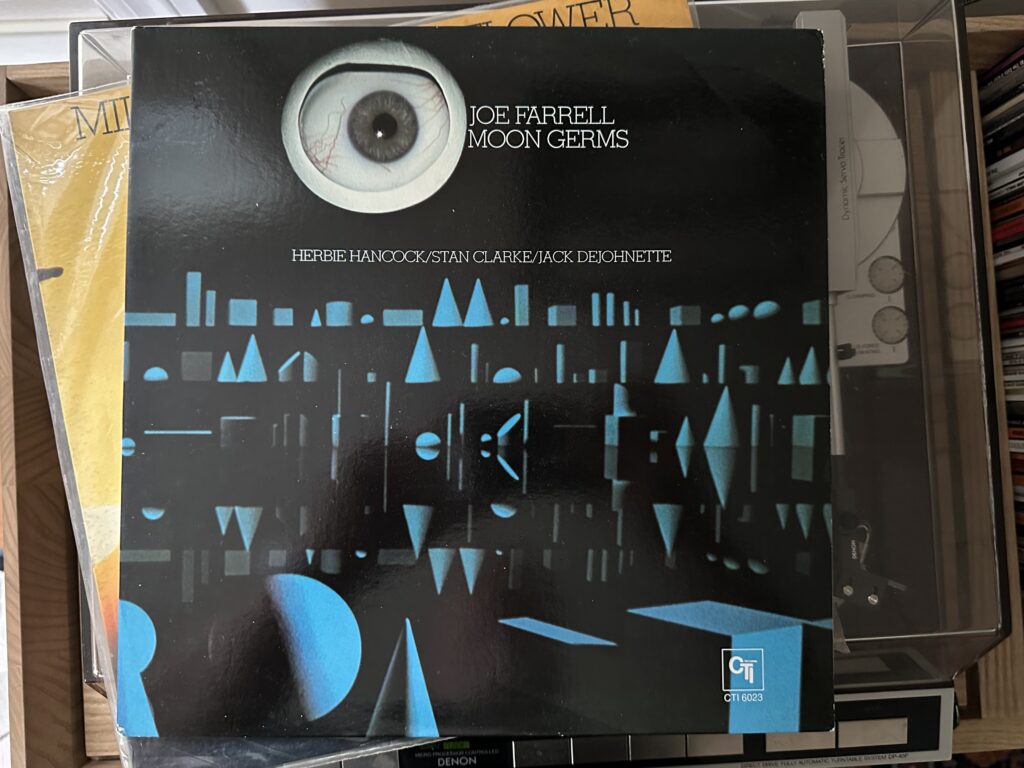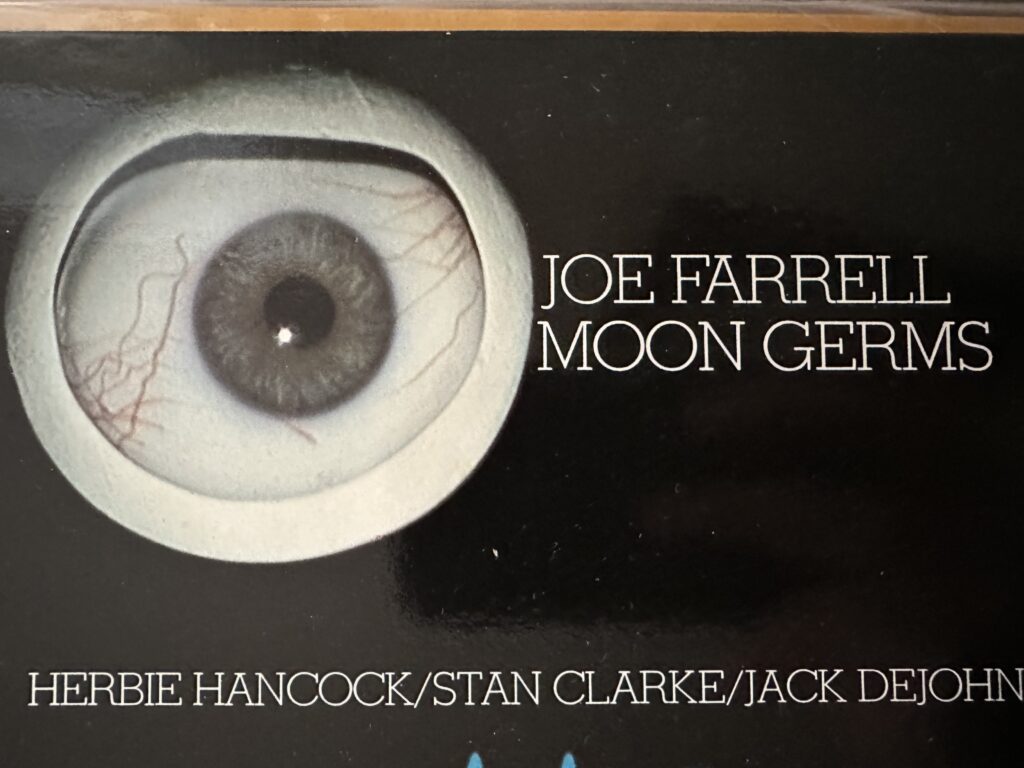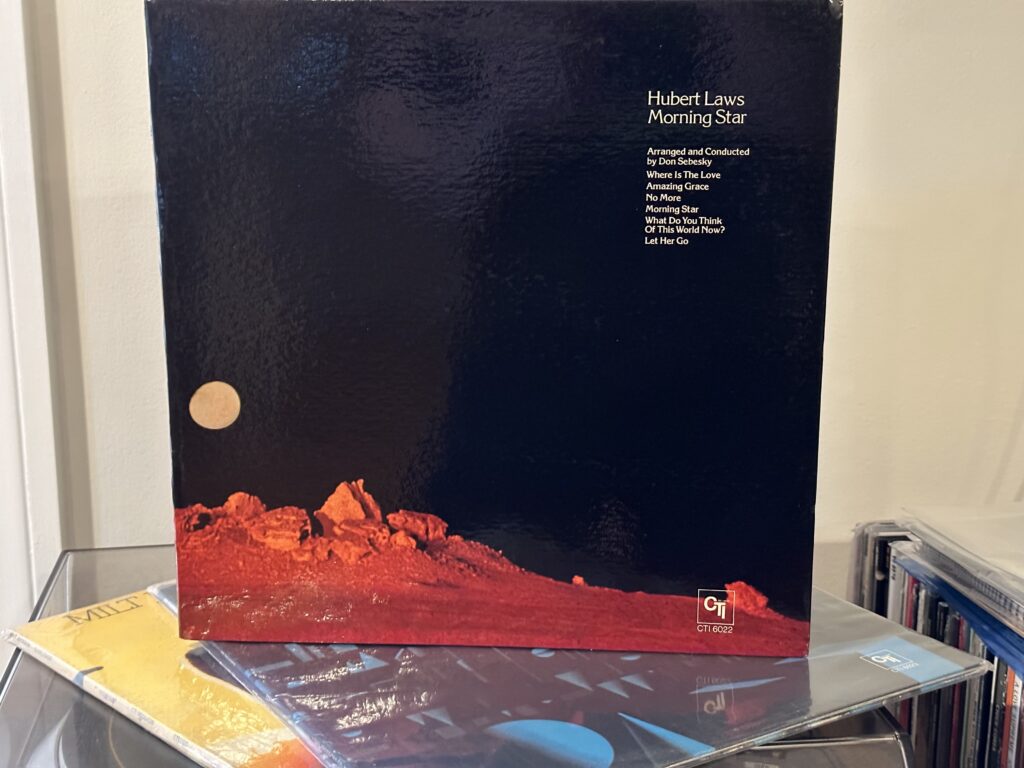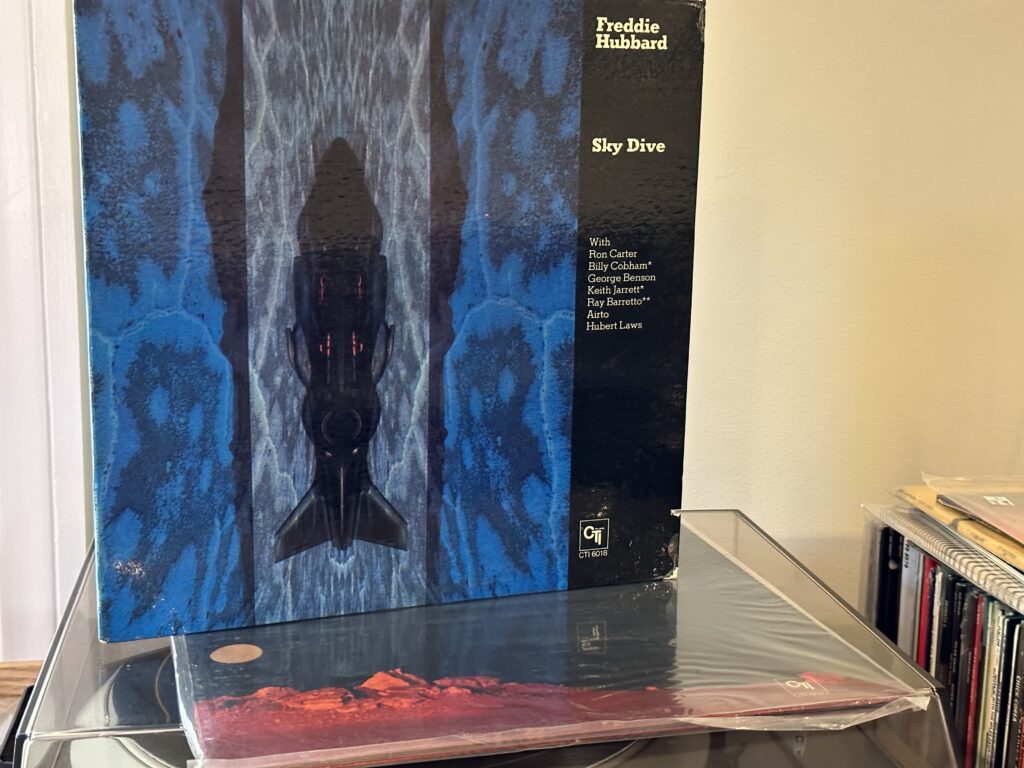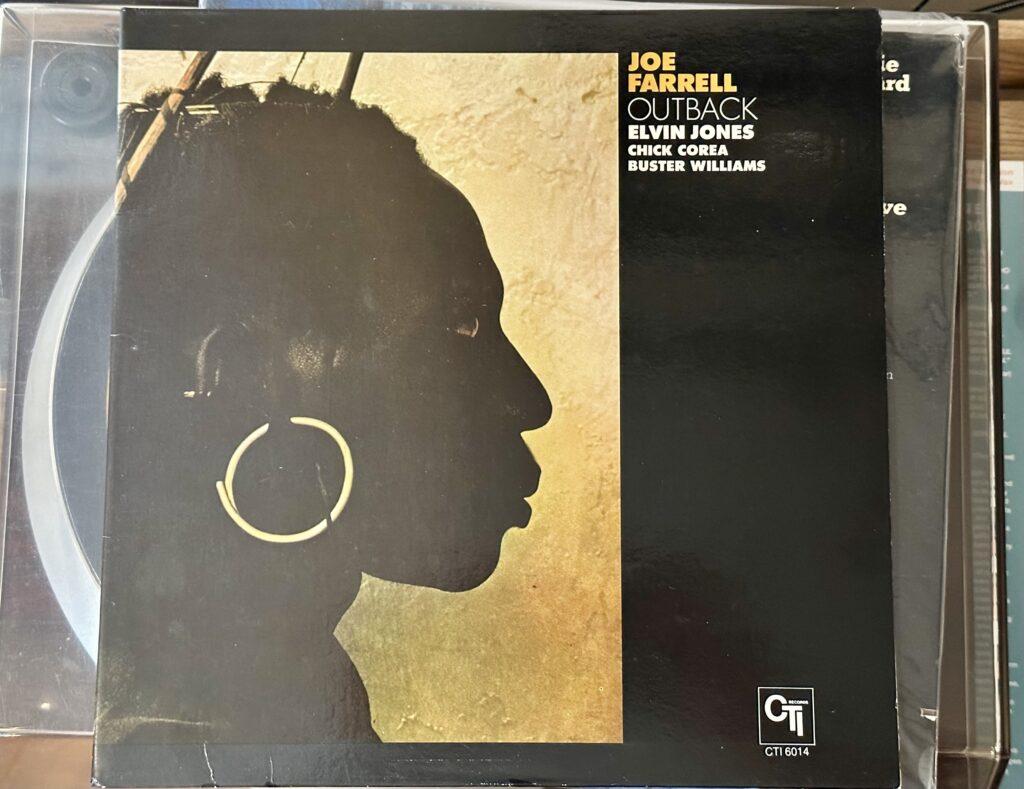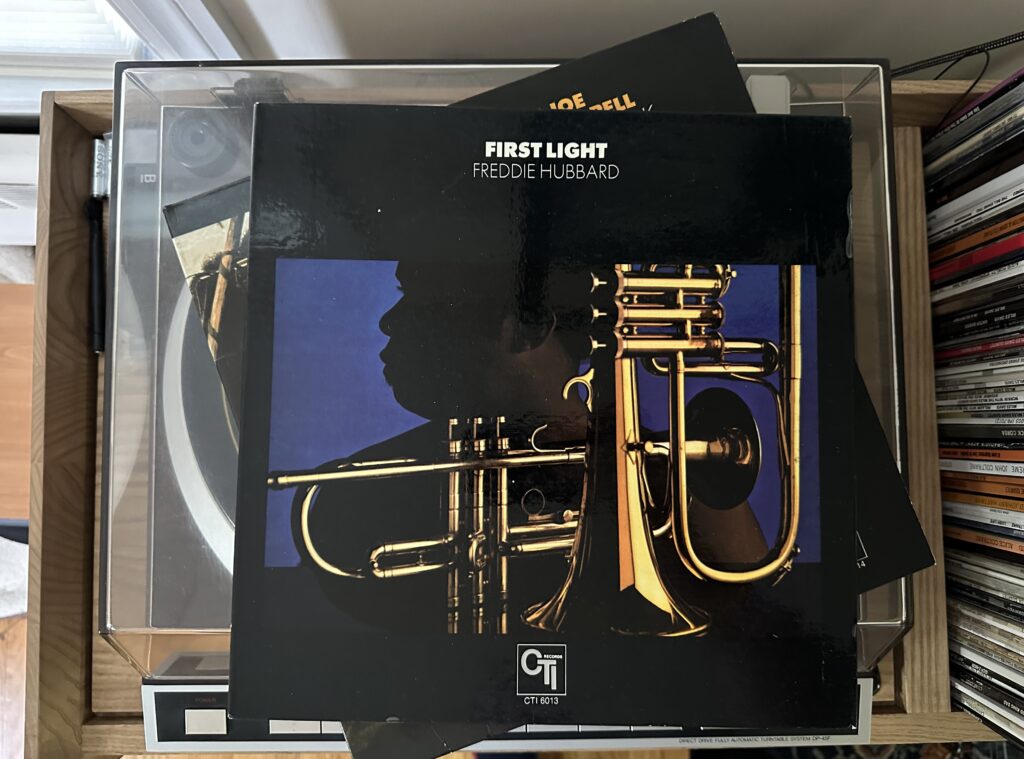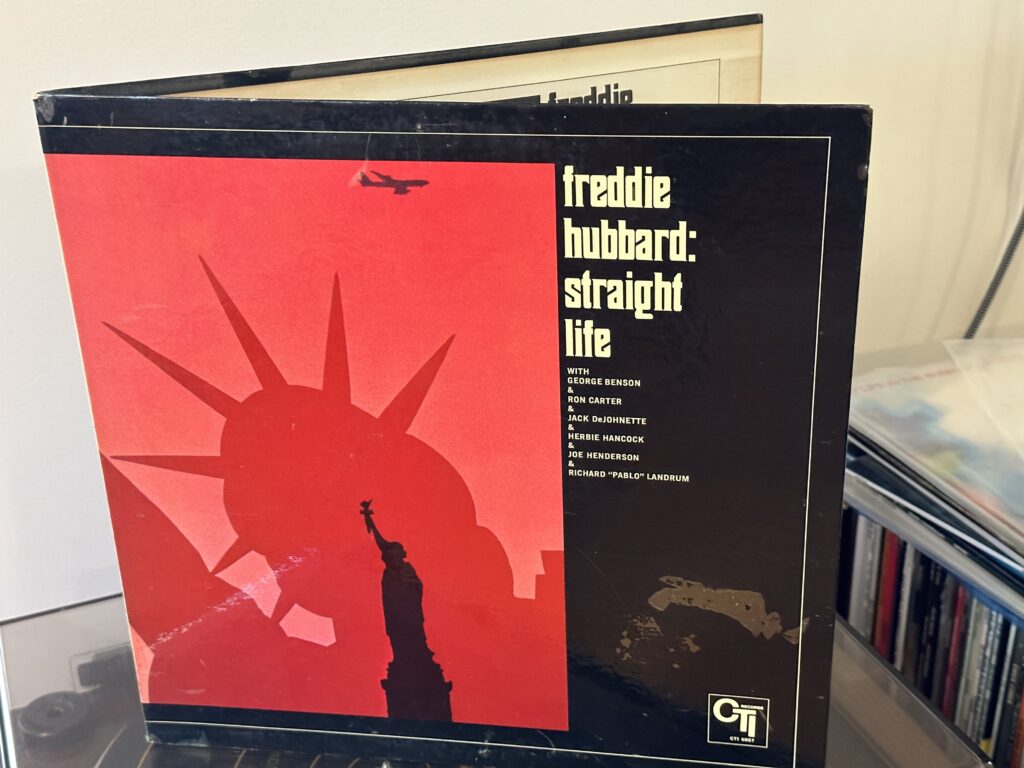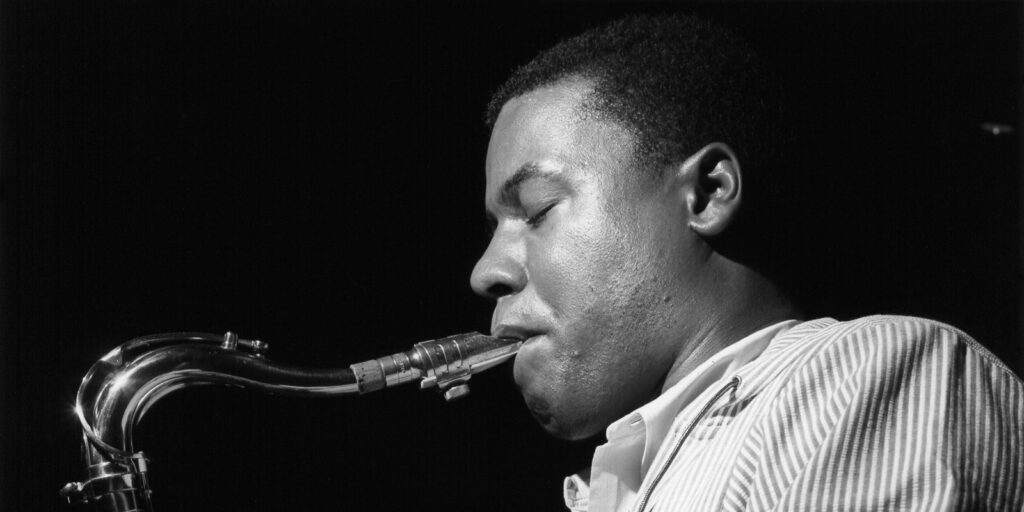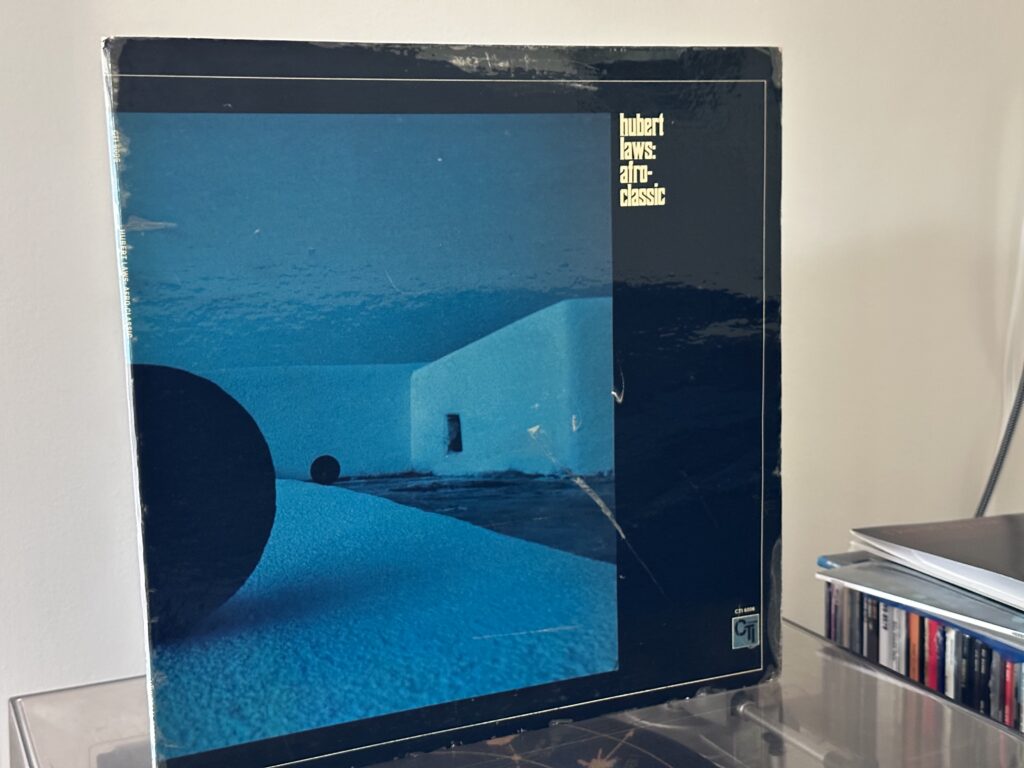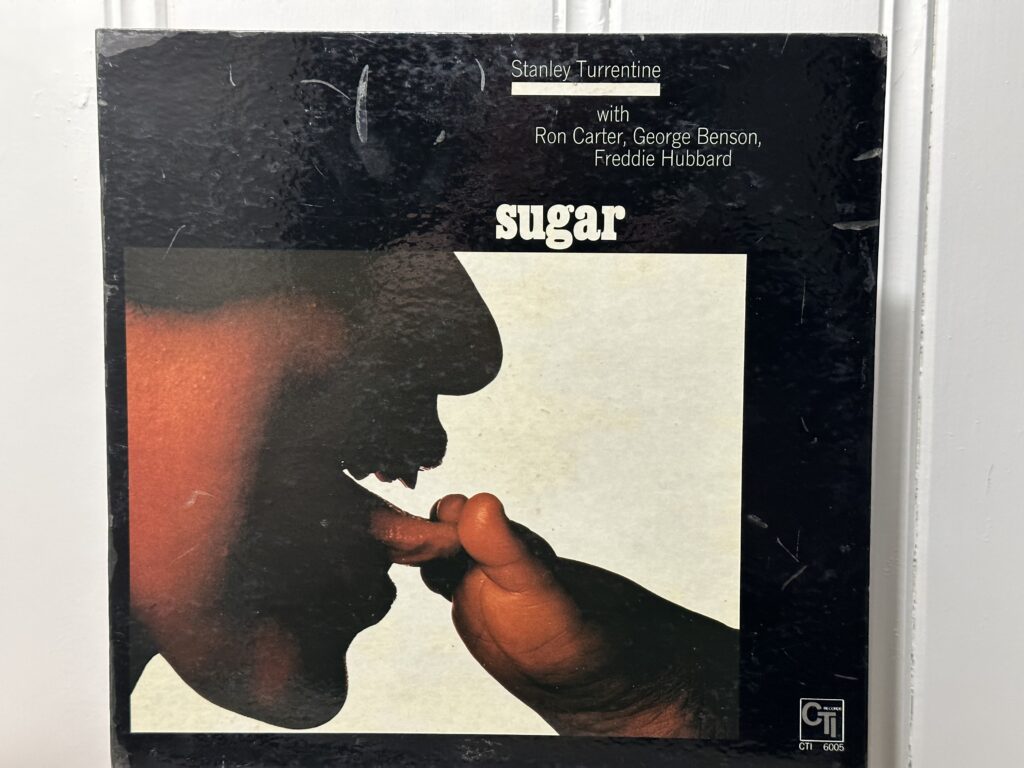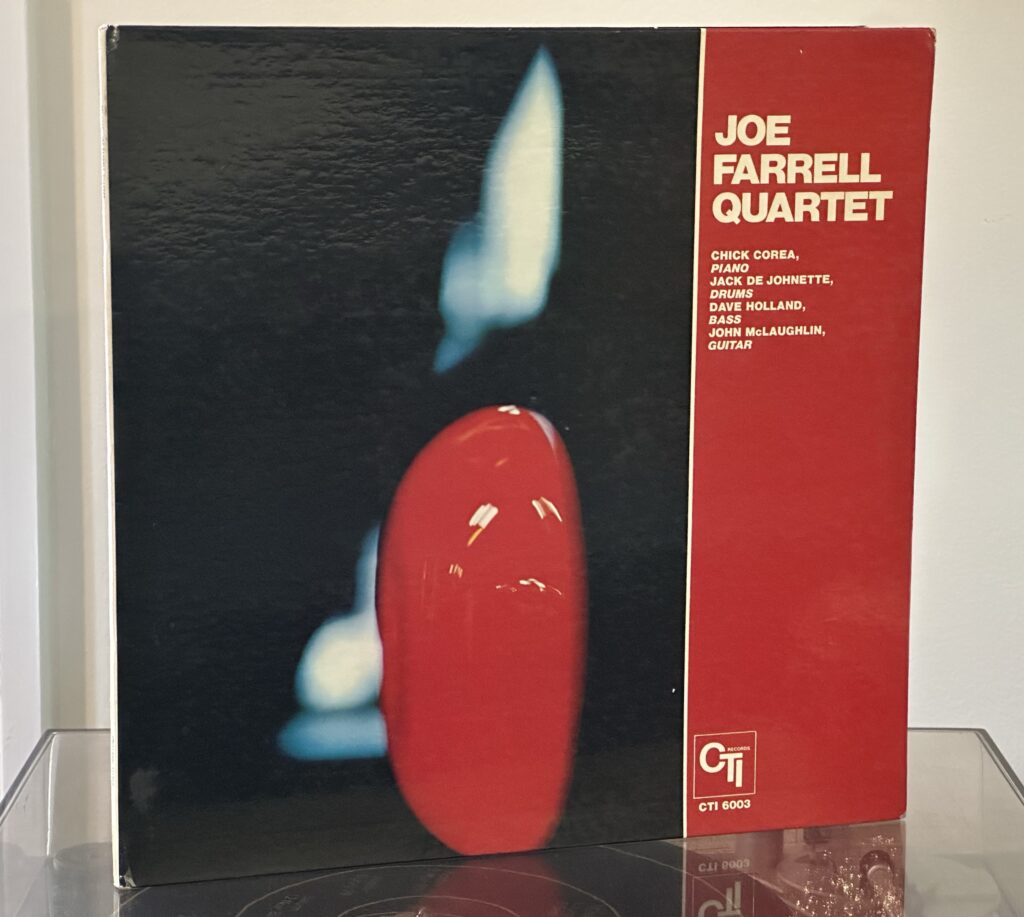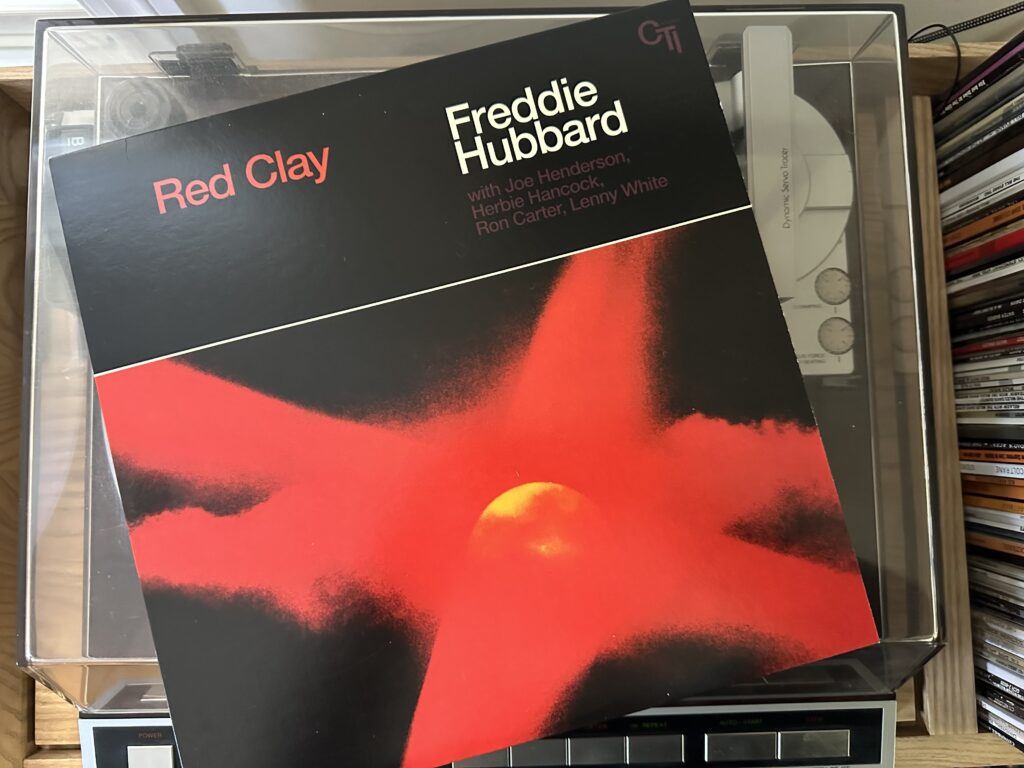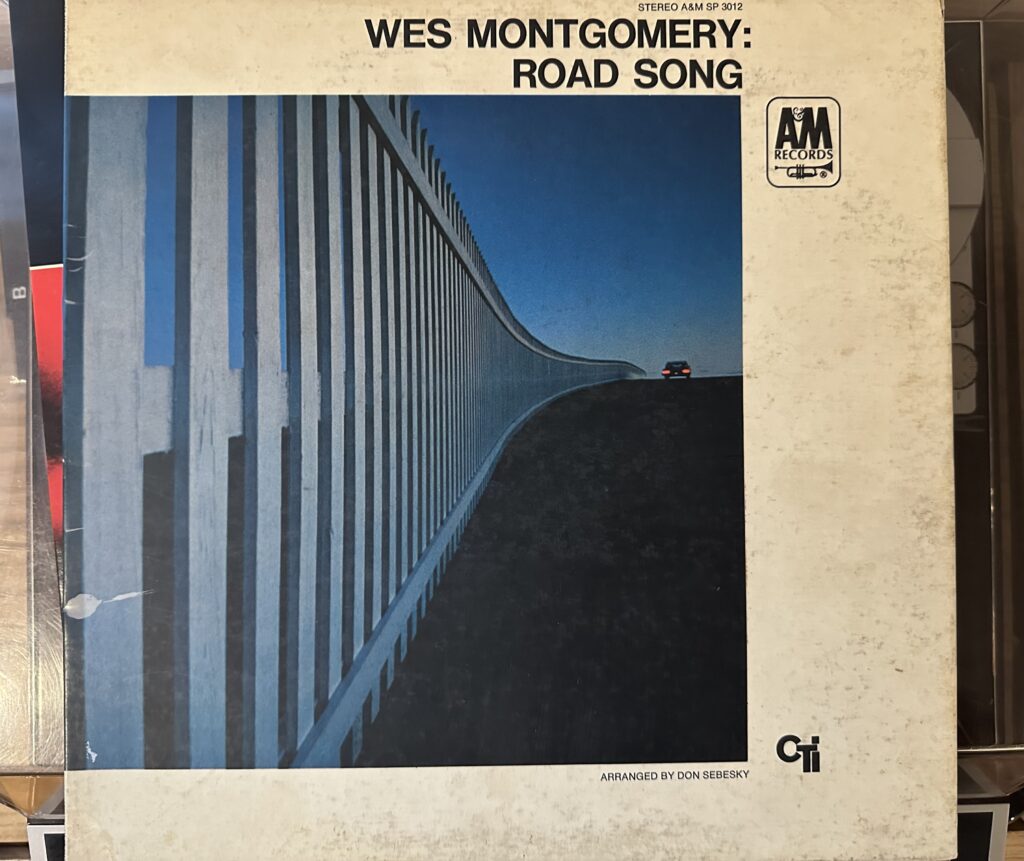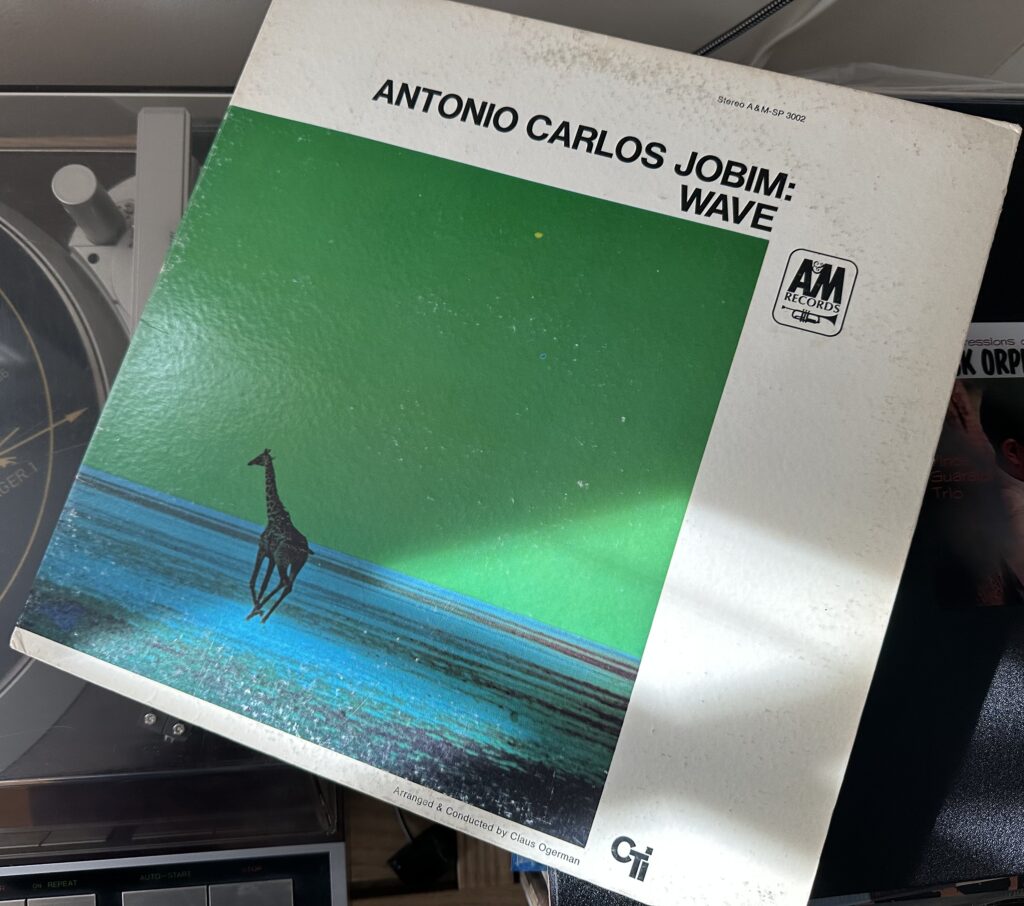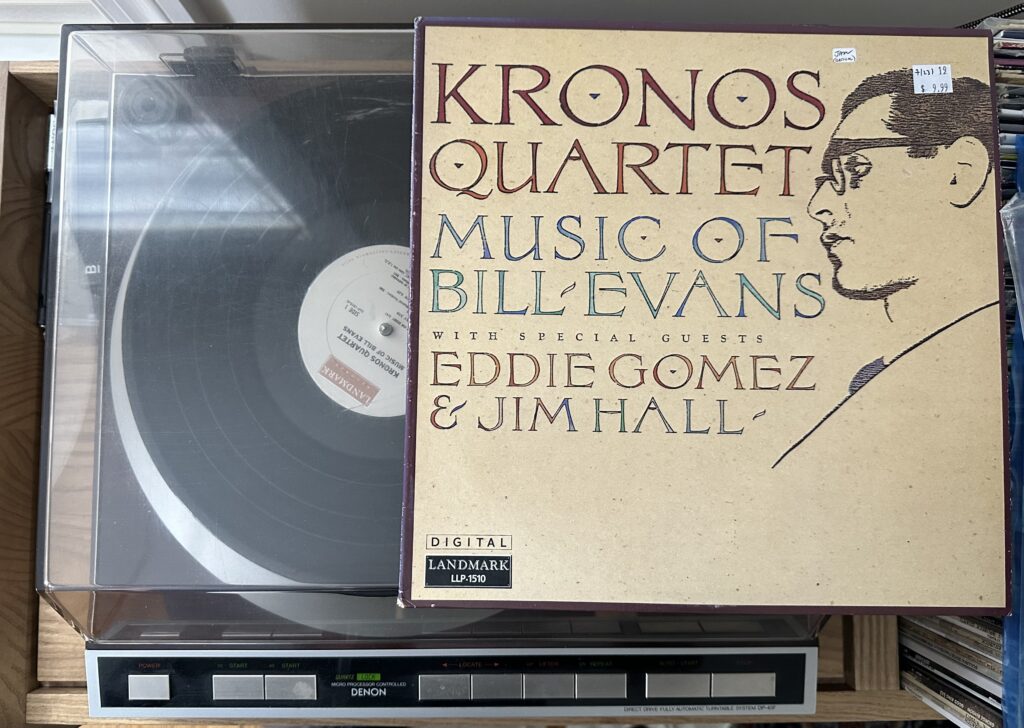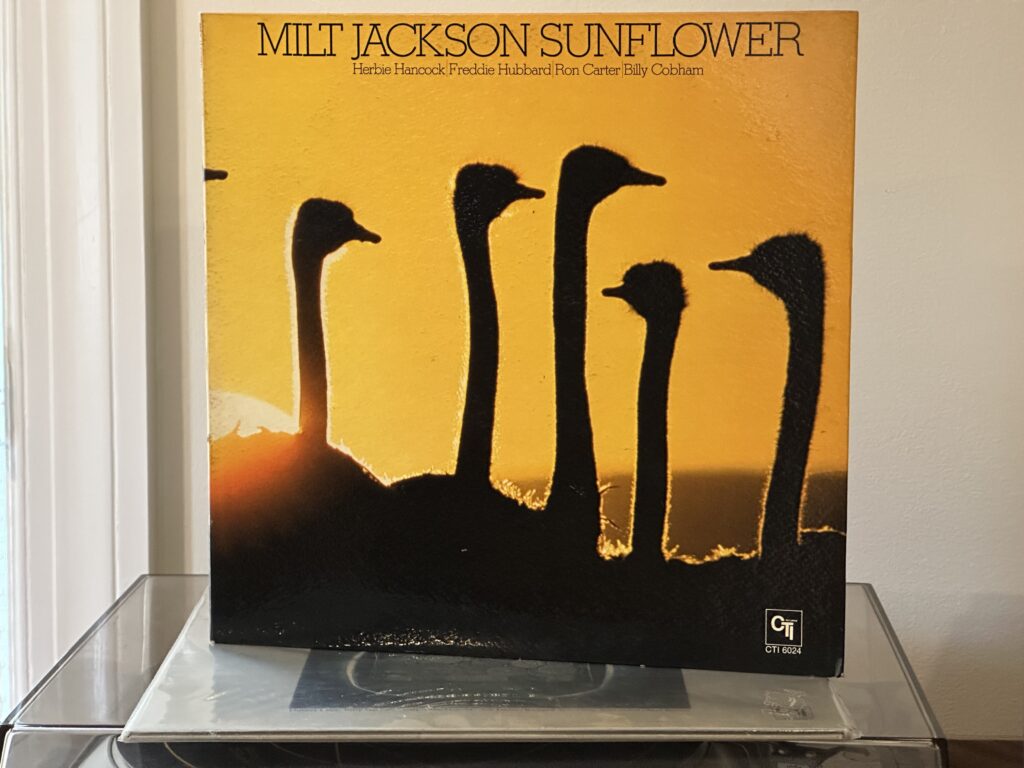
Album of the Week, June 17, 2023
By the time vibraphonist Milt Jackson, known by his nickname “Bags,” found his way to CTI Records, he had been recording and performing jazz for 28 years, first with Dizzy Gillespie and then with the Modern Jazz Quartet starting in 1952. The MJQ made their reputation on the juxtaposition of Jackson’s bluesy playing and pianist John Lewis’ more cerebral compositions, and over time the two grew apart musically, eventually splitting in 1974. This CTI session is therefore interesting, as a Milt Jackson solo session that was recorded in December 1972, a little over a year before the split (and, coincidentally, just over a week after I was born).
The session blends Jackson’s laid-back touch on the vibes with what was rapidly becoming recognizable as the CTI Records house sound, courtesy of stalwarts who’ve appeared in many of these reviews: Herbie Hancock, Ron Carter, Billy Cobham, and notably Freddie Hubbard, as well as the arrangements and orchestra of Don Sebesky.
The album opens with the ballad “For Someone I Love,” with a Spanish classical guitar introduction by Jay Berliner, a studio musician who also played on Van Morrison’s seminal Astral Weeks. When the tune arrives, with an introduction by Freddie Hubbard and a bluesy statement of the melody by Jackson, it is buoyed on a pillow of strings. The orchestra is more prominent here than it’s been on some of the albums that have come before, though as always with Sebesky’s arrangements the small group remains at the foreground. Jackson’s solo is a slow burner that becomes positively incendiary when Hubbard takes over. The tempo drops back with a rhythm section trio, in which all three of the players brilliantly demonstrate a “less is more” approach, then scale back up to the excitement of the full track. Jackson’s playing is sensitive and nuanced throughout, and in dialog with the whole group, not in front of it.
“What Are You Doing the Rest of Your Life?”, from the score to the film The Happy Ending by Michel Legrand, opens with a statement of the melody in the orchestra, transitioning to Milt Jackson for a sensitive opening before handing off to Hubbard for a statement of the chorus on flugelhorn. Jackson’s solo manages to be both soulful and cool, laying down a series of improvisations on the melody in double time which is then picked up by Hancock. Hubbard slows things down once more, and the band plays a coda that gently takes the arrangement out on a series of suspensions that never quite resolve.
“People Make the World Go Round,” written by Thom Bell and Linda Creed and released in 1972 by the Stylistics, extends the string of 1970s pop hits receiving a fast-follow jazz cover on CTI albums (see: Hubert Laws covering “Where is the Love?” or “Fire and Rain”, or Freddie Hubbard with “Uncle Albert/Admiral Halsey”). This one is fierce, with Hancock and Carter playing the iconic bass part together over a precisely soulful rhythm from Cobham, as Jackson provides atmosphere on vibes and Hubbard plays the melody. There’s then a duo verse for Hancock and Jackson, who fill in the spaces in each other’s solos before Hubbard returns on the chorus. The solo by Jackson slips loose from the constraints of the tightly controlled verse to lay down a mighty groove over Carter’s funk-forward bass line. Hubbard’s solo plays with tonality, smearing notes and adding a rapid-tongued flourish before turning things over to Hancock, who solos on the acoustic piano, bringing more than a little of his early soul-jazz sound to the track. The band takes things out with an extended coda where the melody appears in, turn, in the vibes, flugelhorn, and Fender Rhodes as they play out. The strings don’t appear on this track at all; they’re not needed. It’s a mini-masterpiece.
The album closes with Hubbard’s original “Sunflower.” Originally recorded as “Little Sunflower” on Hubbard’s 1967 Blue Note Records album Backlash, here the tune, played by the composer, is enriched by Sebesky’s arrangement and some judicious application of Echoplexed Fender Rhodes. Hubbard takes the first solo over a steady beat from Cobham, tapering off in a dialog with Hancock’s acoustic piano. When Jackson takes his turn, it’s a coolly brilliant solo that takes us through the modes of the tune before returning once more to the melody. The strings here in the last chorus would feel overdone but for the volcanic statements of Billy Cobham, whose intensity grows throughout the track, continuing to add fills and rolls that are just behind the beat, adding to the growing feeling of tension, released only by the winds and their quiet countermelody. It’s a brilliant performance of one of Hubbard’s greatest compositions.
Jackson had a few more albums on CTI, but Sunflower, thanks in no small part to the title track, stands as a high point in his catalog, and in the label’s. Next week we’ll hear a solo session from one of the players on this album, a session that updates the CTI sound with a uniquely individual stamp.
You can listen to the album here:

